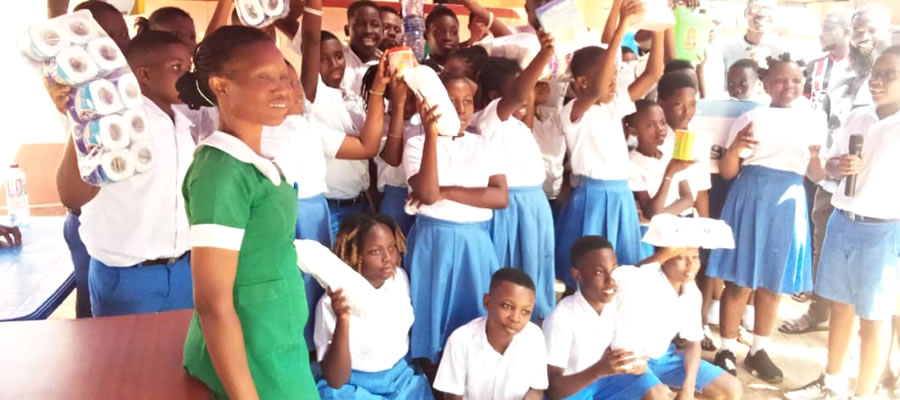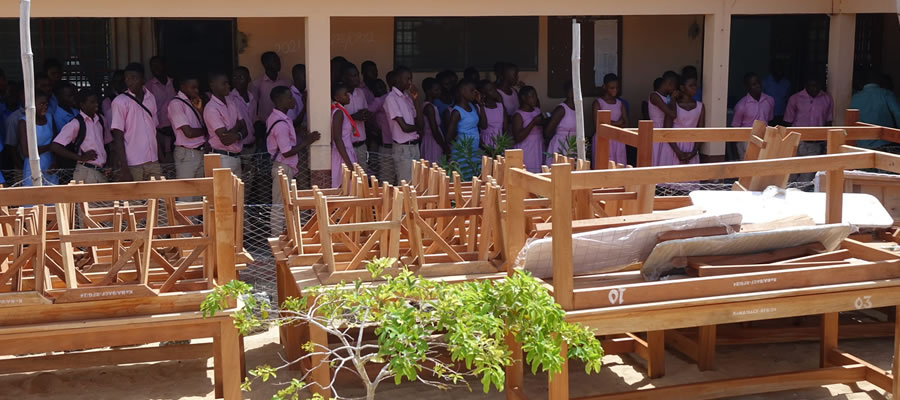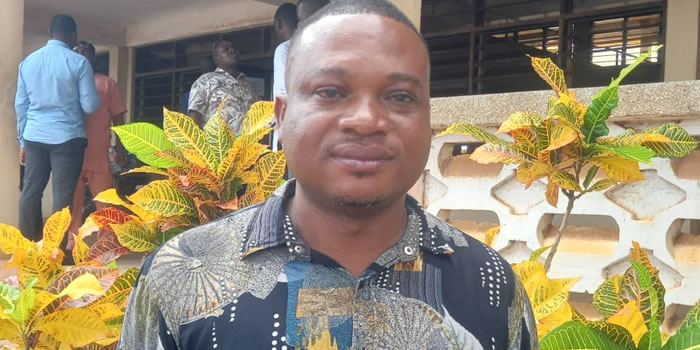

There are 325 educational institutions in the district. 71 (21.8%) are at the prc-school level. 155 (47.7%) at the primary level. 90 (27.7%) at the JSS level, eight (2.5%) at the SSS level and only one(0.3%) for a vocational School. The public and private sectors continue to panicle educational facilities in the Municipality. The private sector contributes about 17% oi the facilities and the public sector about 83%. According to the CHS the gross school enrollment rate is 70% and enrolment for girls is 65%. In migrants from across the Chana-Togo border attend schools in the ketii district thus contributing significantly to the total basic school enrolment. 20% of the tolal enrolments in school drop out and 2-1% of those who drop out are girls. The teacher/pupil ratio in the district is 1:35 and 9-1.5% of the teachers are trained. Generally the academic output of the basic schools is low.
To promote science education, 2 science resource centers have been provided at St. Paul’s Secondary Schools. The Municipality also has one tertiary institution, the Ohawu Agricultural College, which trains middle-level manpower lor the Agricultural Sector of the economy. The physical state of facilities in the schools is below standard. Only 55% of the schools are well managed by Oversight Management Committees. There are a total of 4 public libraries in the municipality, and a proposed one at Dzodze. The libraries are located al Denu, Agbozume, Avoeme, and Tadzewu to enhance effective learning in the municipality , the libraries are, however, not efficiently operated for kick of trained librarians and books.
Date Created : 11/21/2017 6:30:58 AM













 facebook
facebook
 twitter
twitter
 Youtube
Youtube
 +233 593 831 280
+233 593 831 280 0800 430 430
0800 430 430 GPS: GE-231-4383
GPS: GE-231-4383 info@ghanadistricts.com
info@ghanadistricts.com Box GP1044, Accra, Ghana
Box GP1044, Accra, Ghana